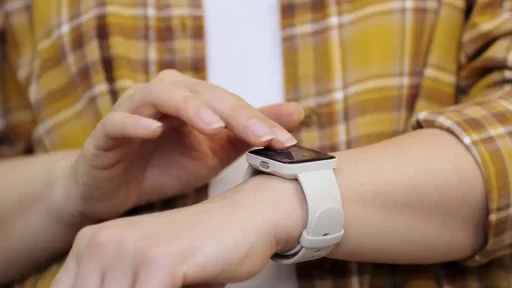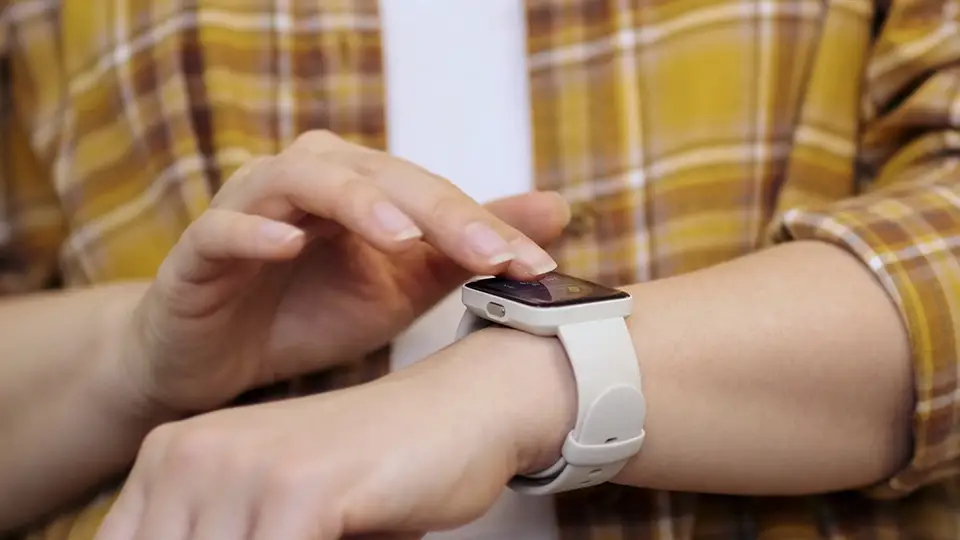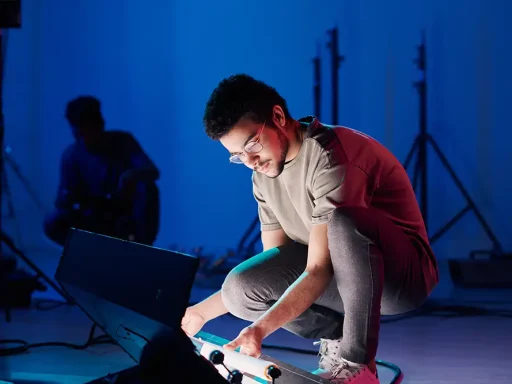Wearable technology has become a ubiquitous part of our daily lives, seamlessly integrating into our routines and offering a wealth of data and insights. For performers, whether they are musicians, dancers, actors, or athletes, wearables like smartwatches and fitness trackers offer significant benefits. These devices can aid in monitoring health, improving performance, and ensuring overall well-being. Let’s delve into how wearable tech is revolutionizing the world of performance arts.
Monitoring Physical Health and Performance
Real-Time Health Metrics
Wearable tech provides real-time health metrics that are crucial for performers. Devices like smartwatches and fitness trackers monitor heart rate, blood oxygen levels, and even stress indicators. For performers, this data is invaluable. It allows them to understand how their bodies respond to different activities and adjust their routines accordingly.
- Heart Rate Monitoring: Keeping an eye on heart rate helps performers manage their energy levels, ensuring they don’t overexert themselves during rehearsals or performances.
- Sleep Tracking: Adequate rest is vital for peak performance. Wearables track sleep patterns, helping performers ensure they get enough restorative sleep to maintain high energy levels and mental clarity.
Injury Prevention and Recovery
Wearable technology can play a significant role in preventing injuries and aiding recovery. By monitoring physical activity and detecting signs of fatigue or strain, wearables can alert performers to potential issues before they become serious problems.
- Activity Tracking: By tracking movement and activity levels, wearables can help performers avoid overtraining and identify when they need to rest.
- Recovery Insights: Devices can provide insights into recovery times and suggest optimal rest periods, ensuring performers are always in peak condition for their next show.
Enhancing Performance Through Data Analysis
Personalized Training Programs
Data collected by wearable devices can be analyzed to create personalized training programs. These programs can be tailored to the specific needs and goals of the performer, ensuring they work on areas that need improvement while maintaining their strengths.
- Performance Metrics: Wearables can track performance metrics such as pace, intensity, and duration of activities. This data helps performers and their coaches develop targeted training regimens.
- Progress Tracking: By consistently monitoring progress, wearables allow performers to see improvements over time, providing motivation and insights into what’s working and what needs adjustment.
Biofeedback and Real-Time Adjustments
Wearable tech provides biofeedback that performers can use to make real-time adjustments during practice and performances. This feedback helps performers maintain optimal performance levels and prevent mistakes.
- Stress and Fatigue Monitoring: Real-time monitoring of stress and fatigue levels allows performers to manage their energy and avoid burnout during long rehearsals or performances.
- Immediate Corrections: For example, a musician can monitor their breathing patterns to maintain better control over their instrument, or a dancer can adjust their posture based on feedback from motion sensors.
Augmenting Creativity and Performance
Interactive Performances
Wearable tech can be used to create interactive and immersive performance experiences. By integrating wearables with other technologies like augmented reality (AR) and virtual reality (VR), performers can push the boundaries of traditional performances.
- Motion Sensors and Haptic Feedback: These can be used to control visual effects, soundscapes, and other elements in real-time, creating a dynamic and engaging experience for the audience.
- Audience Interaction: Wearables can also facilitate audience interaction, allowing the audience to influence the performance through their own wearable devices.
Collaboration and Connectivity
Wearable tech enhances collaboration between performers, even when they are not physically together. Connectivity features in wearables allow performers to share data and communicate seamlessly, making remote rehearsals and performances more effective.
- Synchronized Performances: Wearables can synchronize movements and actions, ensuring a cohesive performance even when performers are in different locations.
- Remote Coaching: Coaches and trainers can monitor performers in real-time and provide immediate feedback, regardless of physical distance.
Conclusion
Wearable technology is transforming the performing arts by offering tools that enhance health monitoring, performance optimization, and creative expression. From real-time health metrics and personalized training programs to interactive performances and remote collaborations, wearables provide performers with unprecedented insights and capabilities.
As technology continues to advance, the integration of wearables into the performing arts will only deepen, leading to new innovations and a future where technology and artistry are seamlessly intertwined. Performers who embrace wearable tech are not only investing in their health and performance but are also exploring new frontiers in the art of performance.







